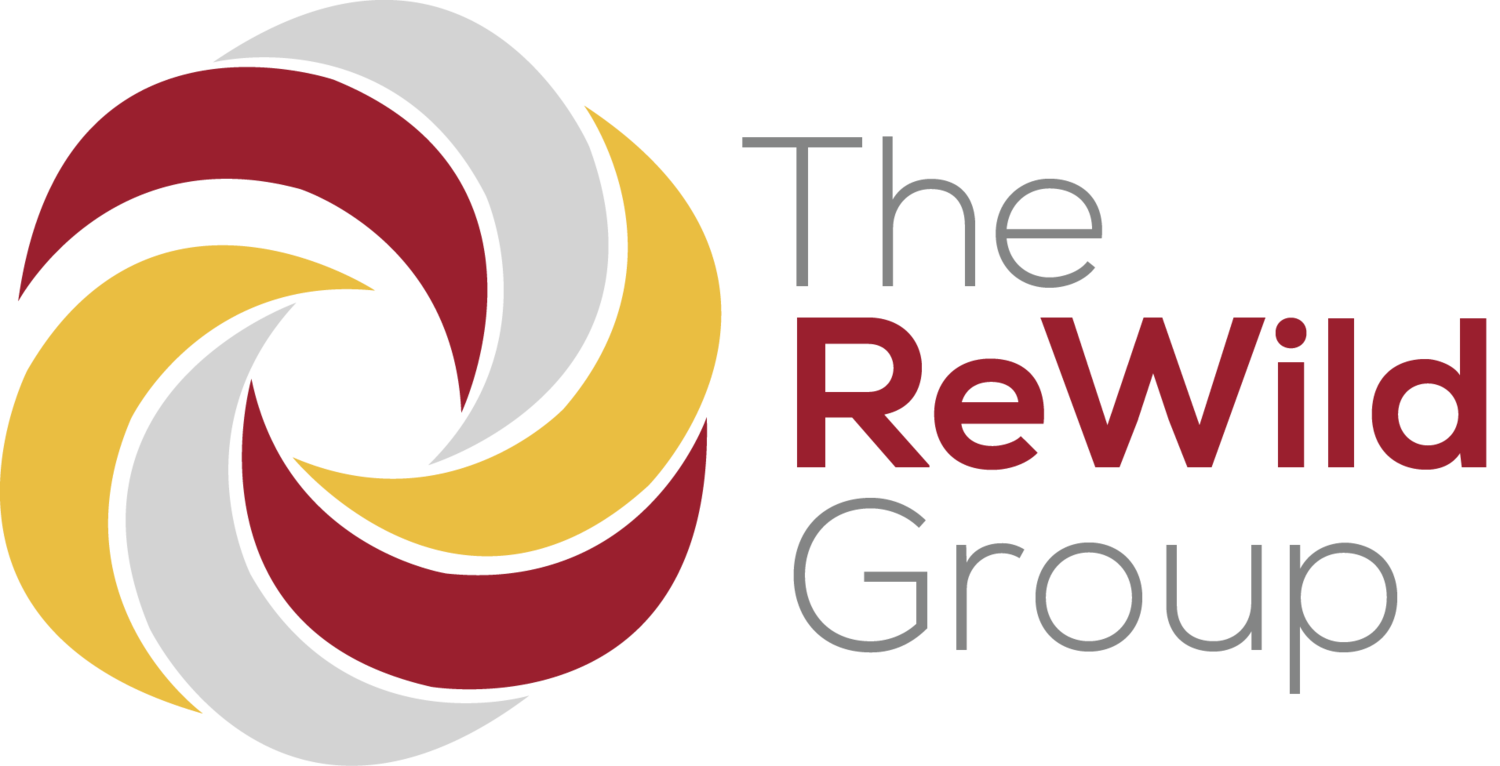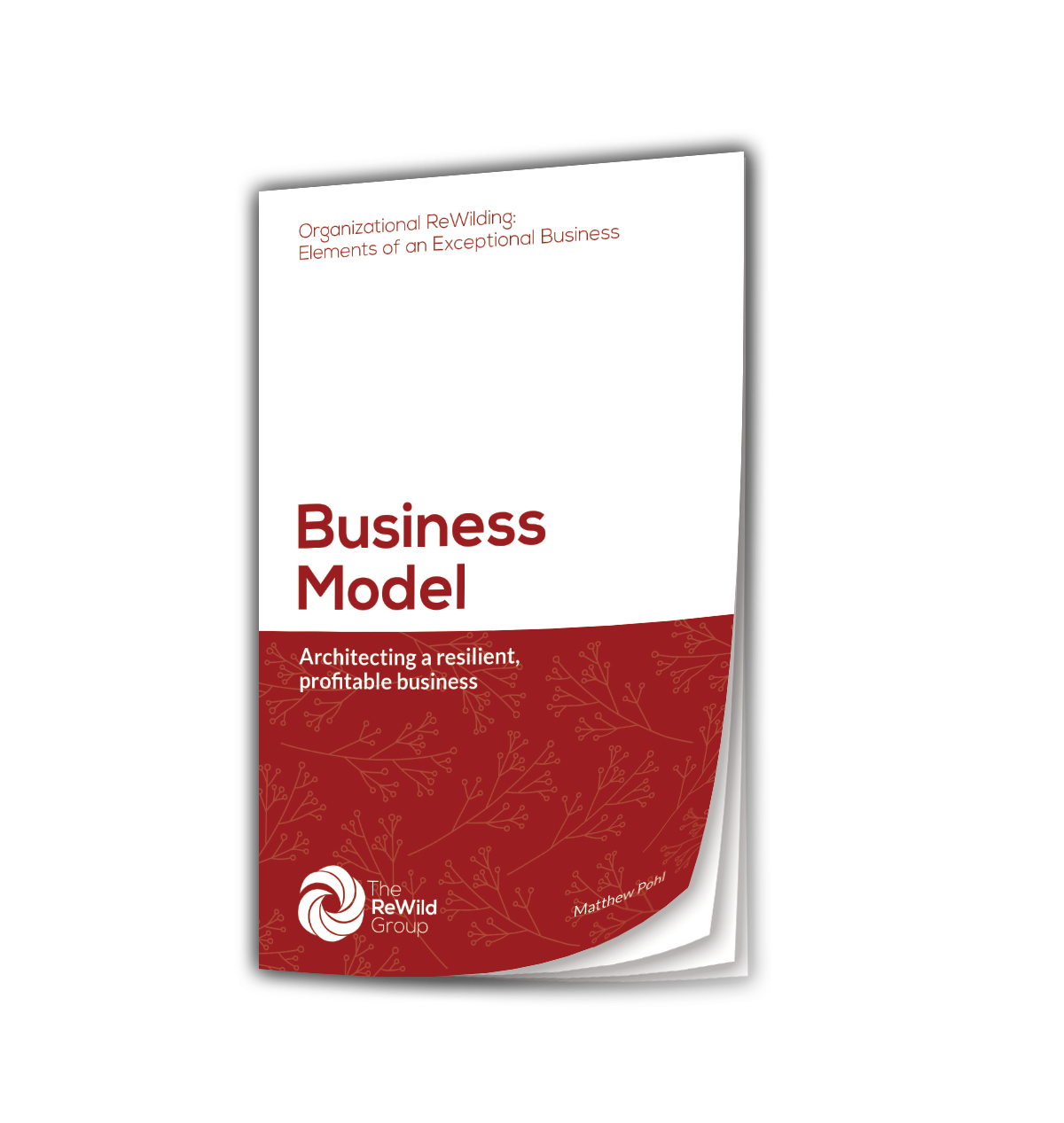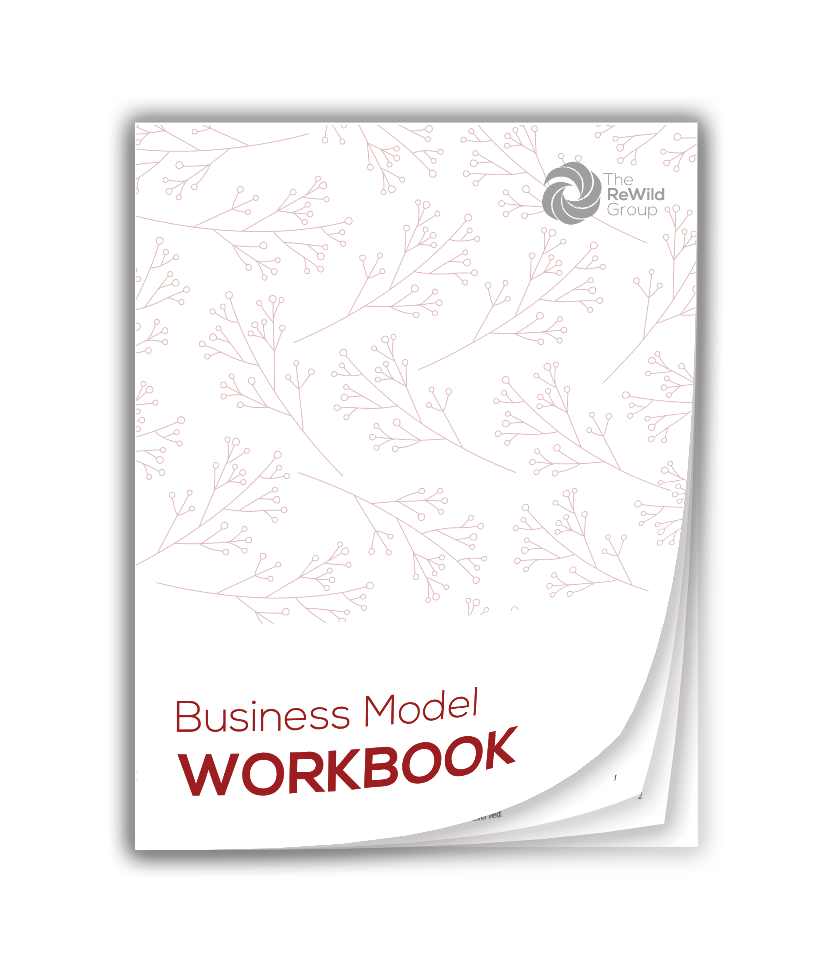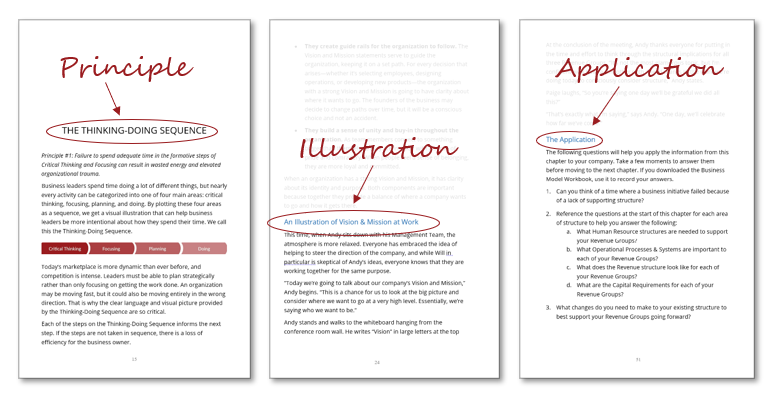Does your business have a strong Business Model? If not, you’re vulnerable to changes in the marketplace. This book explains the fundamentals of how to architect a resilient, profitable business—one that can withstand change and adapt as needed without compromising core principles. Practical application questions help you apply the principles to your own business. Learn how to effectively use tools like revenue groups, customer segments, and the standard-custom continuum to take your business to the next level.
Free Workbook Included!
The Business Model Workbook is a free tool that will help you get the most out of the Business Model book. A link to download the workbook can be found inside the book. The workbook includes space to take notes as well as room to record your responses to the application questions found at the end of each chapter.
Take a Look Inside
Each chapter addresses a topic related to creating a strong business model. The chapter begins with an explanation of the principle that is involved and follows with examples of what it looks like when the principle is applied to a business. At the end of each chapter there is an application section with questions that will help you apply the principle to your business.
“Every CEO, President and Business Owner should use this material to view their business through a different lens. It will help get past inherent prejudices and uncover blindspots. Highly recommend this book.”
An Overview of the Business Model Guidebook
Developing a business model begins with critical thinking. In many cases, though, the owner is too busy working in the business to step back and spend time thinking and planning for the business. This book explains several key concepts that a business owner can apply in order to get a fresh perspective that comes from switching to a broader view of the company. Below is an overview of those concepts. For more details, including illustrative examples, get a copy of the book.
Vision and Mission
A company’s Vision and Mission are distinct, foundational statements about why an organization exists. Together, they act like a north star, guiding the company through whatever happens in the future.
A company’s Vision is a picture of the future, while a company’s Mission is a statement of its purpose. Both components are important because together they provide a balance of where a company wants to go and how it plans to get there. They create guide rails for the organization to follow and build a sense of unity and buy-in for all employees.
Revenue Groups & Revenue Circles
Revenue Groups organize a company’s offerings based on operational structures. They are the answer to the question, “What do you sell?” By organizing its offerings into groups that are supported by common structures, a company can effectively deliver its goods and services.
Revenue Circles are a way of showing whether there is diversity in a company’s offerings. Ideally, the company’s Revenue Groups cover all three Revenue Circles—Core, Adjacent, and Edge—so that a business can be less vulnerable to fluctuations in the market.
Used in tandem, these two methods help a business leader design the operational structures it needs and identify opportunities for building a more resilient company.
Structure
Structure is foundational to the success of human organizations. Business owners can harness the power of structure by analyzing its Revenue Groups in light of four main structural areas to determine what is needed to support the success of each. Human Resources, Operational Processes & Systems, Revenue, and Capital Requirements should be periodically reviewed and assessed to determine whether any adjustments need to be made. The Structure employed in these four areas should be the result of a conscious decision, not happenstance.
Customer Segments
Customer Segments are a way to organize customers with similar needs, which informs a company’s business development activities and strategies. A company should have three Customer Segments so it can stay focused without excluding new opportunities for growth.
Different segments require different messaging and strategies. By grouping customers together according to the needs they have in common, a company can better reach potential customers through targeted marketing and outreach efforts.
Profitability
The accounting terms that are used to discuss business finance can be confusing to most employees. Breaking down some of the most common terms into simple definitions is an effective way to improve communication and understanding within a company about financial concepts. Using the following phrases can help create greater clarity and engagement by all employees in improving profitability:
Money you collect (Revenue)
Money you make (Gross Profit)
Money you keep (Net Income)
One way to improve profitability that is often overlooked is by increasing Gross Margins. By analyzing its Gross Margins by Revenue Group and Customer Segment, a company gets clarity on two very important questions:
What should we sell more of?
Who should we sell more to?
Understanding Gross Margins helps answer these questions, allowing the business to focus resources on areas that will produce the greatest return.
The Standard-Custom Continuum
Most business owners think of their products or services as unique because they are highly aware of all the distinctions that set their company apart from the competition. Adopting a mindset that looks to increase standardization is an important way to support business growth. The more standard the business, the more easily it can scale.
The Standard-Custom Continuum represents the concept that there are degrees of customization within every business—from Standard, to Semi-Custom, to Custom. By analyzing the percentage of each Revenue Group that sits in the three categories of the continuum, a business can see where the greatest opportunity for improvement lies. Wherever possible, the business should strive to create repeatable processes and procedures to remove the dependency on specialized skills of a small group of people.
Get the Business Model Guidebook today!
Explore the entire Elements Book Series!
Business Model is just one book in our series called Organizational ReWilding: 11 Elements of an Exceptional Business. Each book addresses a fundamental element of what comprises a great company.
The books are divided into four categories: Leadership, Infrastructure, Strategy, and Culture. Each one follows the same format as Business Model, with chapters structured to explain a principle, illustrate what it looks like in practice using a fictional company, and closing with application questions designed to help you apply the principle to your own business. Click below to learn more.






